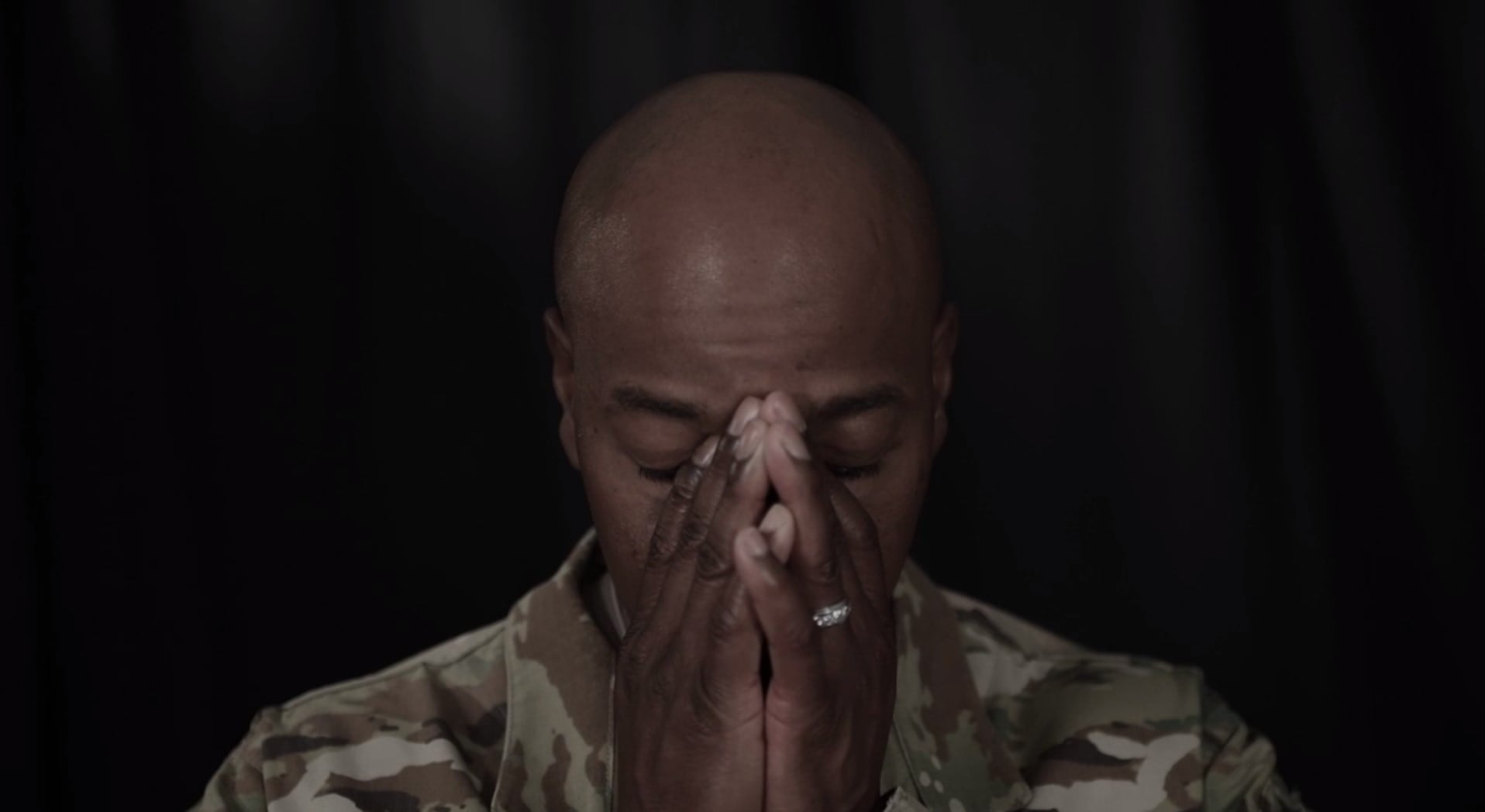The prevalence of suicide among military family members is about the same or less than in the civilian population, according to a report from the Defense Department.
It’s the first time data on military family member suicides has ever been released by the Defense Department. This report includes one year of data: 2017, so there’s no basis of comparison for trends within the community.
Data from 2017 is also the most recent available, because the information is partly dependent on data from the Centers for Disease Control and Prevention.
The overall suicide rate among family members was 6.8 per 100,000 population in 2017, which is less than half the rate in the U.S. general population of 14.5 per 100,000. This measurement is the standard comparison used by the government for suicide rates in populations.
The overall military spouse rate of suicide was 11.5 per 100,000; the rate for dependents was 3.8 per 100,000. Adjusting for age and gender, the rates were comparable to or lower than those in the general population, officials said.
“I’m really glad they’re finally collecting this data. It’s a critical missing piece of information for us, to know how we can better support our military families,” said Kim Ruocco, a military widow who is vice president of suicide prevention and postvention for Tragedy Assistance Program for Survivors, or TAPS. “We’ve seen more and more active duty members coming to us for support after the death of a dependent or spouse, including suicide.
“I was kind of relieved to see the [suicide rates] appear to be lower than the civilian numbers,” she said, especially after the years of war, stress and separations in military families. Suicide is a national problem, not just a military problem, she said.
But Ruocco and other advocates said the report also raises more questions, and illustrates the difficulty in tracking these numbers.
“This all reinforces how difficult it is to track military spouse suicide,” said Shannon Razsadin, executive director of the Military Family Advisory Network, and a long-term proponent of tracking family member suicides.
“The existence of a report is a step in the right direction. However, the report raises a lot of questions. We need more information on how this is tracked and who is included in these counts,” she said. “We know this is an imperfect science and incredibly difficult to track. It is clear that future studies and greater detail around the 2018 report are necessary.”
The study and the reported rates of prevalence aren’t limited to civilian spouses of service members. The numbers also include spouses who are active duty — dual military. Information was not immediately available from the Defense Department about the rates specific to civilian spouses.
According to the report, including the dual military spouse suicides “allows the Department to better capture the full extent of suicide among family members.”
Of the 123 spouses who died by suicide in 2017, 14 percent, or about 17, were active duty, in dual military marriages.
RELATED

According to the report:
- There were 186 reported suicide deaths in 2017, including 123 spouses and 63 dependents. The dependents ranged in age from 12 to 23; and almost half of the dependents who died were 18 years or older. Two-thirds of the spouses who died by suicide were female, and 82 percent were under age 40.
- Ages 18 to 60 were used in the rate comparison for spouses. When examined by age, officials said, the suicide rates for female military spouses was 9.1 and for male spouses, 29.4 per 100,000 population. For females and males in the general population, the rates were 8.4 and 28.4 per 100,000 population, respectively.
- For active duty spouses, the rate is higher: 13.2 per 100,000.
- Firearms were used in more than half of the suicide deaths of military spouses and dependents. For female spouses, that trend departs from suicides of females of similar age in the U.S. general population, where poisoning or drug overdose were as prevalent as firearms.
This data “is an important first step,” said Karin Orvis, director of the DoD Suicide Prevention Office. She said DoD will continue to track the numbers, and is working on initiatives to increase family members’ awareness of the risk factors for suicide, and to educate about the safe storage of firearms and medications, to ensure family member safety.
“I want to see more data,” Ruocco said. “I’m psyched they brought this data out, and that they’re starting to look at this, and what this implies for how we support our families.”
She said TAPS is also developing specific peer-to-peer support programs for active duty members who have lost a family member to suicide.
If you are in a crisis, please call the Veterans and Military Crisis Line at 800-273-8255, and press 1. You can also contact Military One Source, at www.militaryonesource.mil, or 800-342-9647.
If you are grieving the death of an active duty service member or dependent, contact TAPS at www.taps.org or 800-959-8277.
Karen has covered military families, quality of life and consumer issues for Military Times for more than 30 years, and is co-author of a chapter on media coverage of military families in the book "A Battle Plan for Supporting Military Families." She previously worked for newspapers in Guam, Norfolk, Jacksonville, Fla., and Athens, Ga.




